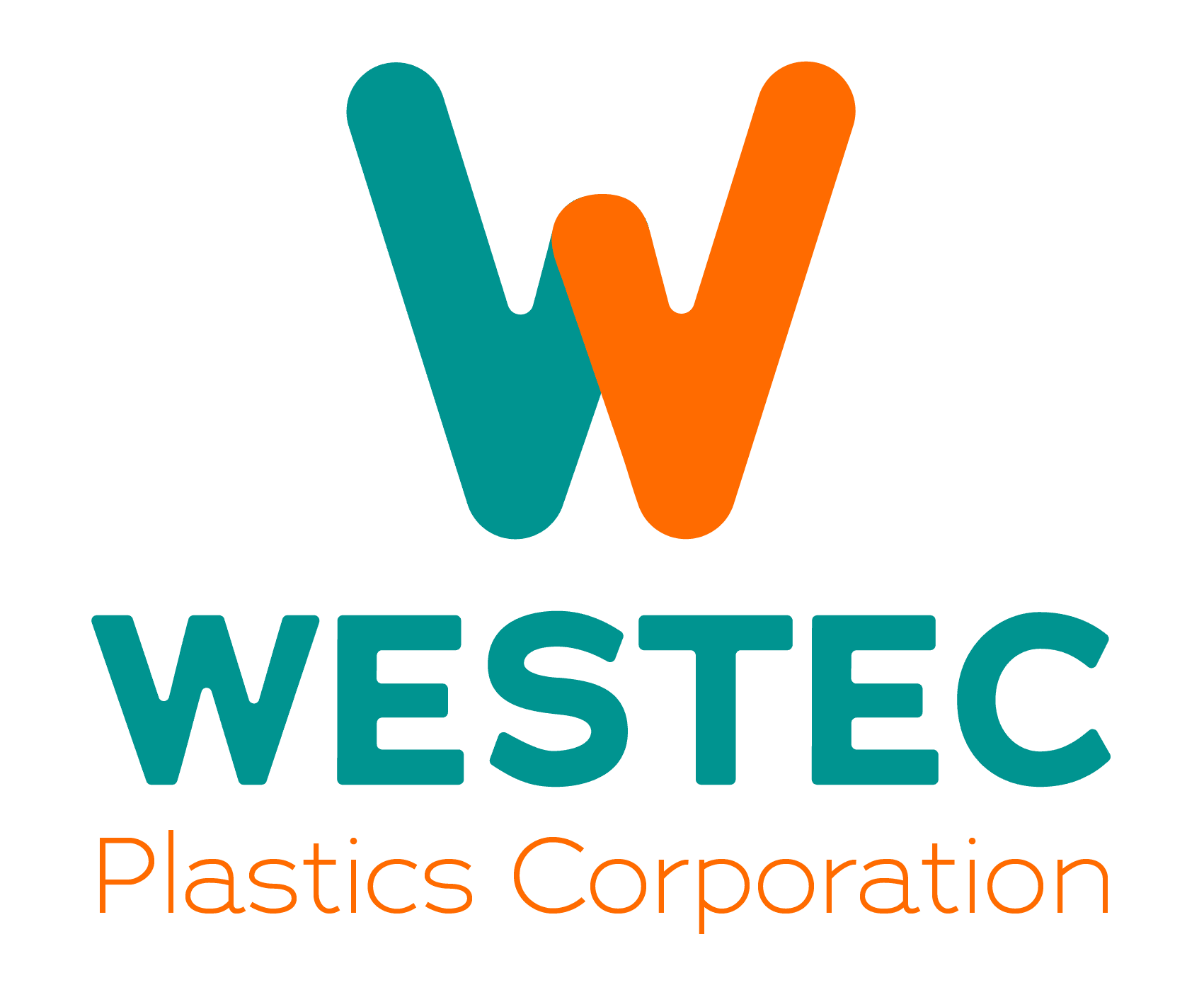In many ways, electronics have become such an integral part of daily life, that many of us take them as a given. Of course our smartphone is working. Of course the refrigerator is running. Of course our AC unit is functioning. When one goes out, it can be quite jarring. Beyond the daily life of the average consumer, electronics have also become essential for a variety of business operations, particularly with automation on the rise. For that reason, electronics with reliable performance and longevity characteristics are highly desired. One major factor that impacts that are the parts made from plastic in electronics.
Plastic in electronics increasingly plays an important role, including protection, enhanced user friendliness, and weight reduction via light, compact parts. Let’s take a look at the types of plastic in electronics, the roles they play, and why injection molding is the ideal process for the production of electronics plastic parts.
Commonly Used Plastic in Electronics
Choosing the right plastic material for electronic applications depends heavily on the mechanical requirements, insulation needs, thermal performance, and cost considerations.
Some of the most common plastics include:
ABS—ABS, or Acrylonitrile Butadiene Styrene, is commonly used in electronics due to its excellent impact resistance, heat resistance, and dimensional stability. Common applications include casings, housings, and structural components for devices like computer monitors, printers, keyboards, and small appliances.
PC—Polycarbonate (PC) is also known for its high impact resistance, transparency, and heat resistance. It’s suitable for applications requiring clear or translucent components and is often used in LED light housings, display screens, lenses, and optical discs.
PA—Polyamide (more commonly known as Nylon) offers good mechanical strength, chemical resistance, and thermal stability, making it a good choice for various components like connectors, cable ties, and insulating materials.
PE—Polyethylene (PE) is widely used in electronics for cable insulation, wire harnesses, and packaging materials. It offers good insulation and is resistant to chemicals and moisture.
PET—Polyethylene Terephthalate offers excellent clarity, stiffness, and barrier properties against moisture and grease. As a result, it’s often used for packaging materials, such as blister packs and clamshell containers.
PMMA—Polymethyl Methacrylate (more commonly known as Acrylic) is valued for its optical clarity, weather resistance, and UV stability. It’s highly suitable for applications like display screens, light diffusers, and optical lenses.
Plastic in Electronics: What to Look For
Some of the desired characteristics of plastic in electronics have been mentioned above. In general, manufacturers of electronic plastic components look for some key properties when selecting the right material for the job. A few of these include:
- Mechanical strength
- Dimensional stability
- Heat resistance
- Electrical insulation
- Chemical resistance
- Environmental resistance
Why Choose Injection Molding?
Injection molding is one of the best methods for producing electronic plastic components. It’s a versatile and relatively quick manufacturing method capable of creating mass quantities of identical parts without significant deviation. For customers that require medium- to high-volume production, injection molding becomes more cost-effective with higher volume. It’s also extensively customizable and an injection molder can create the complex, intricate, lightweight parts so many electronics applications require.
Get Custom and Standard Plastic Parts for Electronics from Westec
At Westec, we are a California-based injection molding company that offers turn-key solutions for customers in a wide range of industries, including the electronics industry. We’re one of the only locally-owned and operated injection molding companies in the Bay area, and our capabilities extend from design assistance and prototyping to post-processing and assembly. We also offer 3D-printed steel mold inserts for fast, durable tooling that can enhance the quality of every single part.
Connect with us today to get started.




